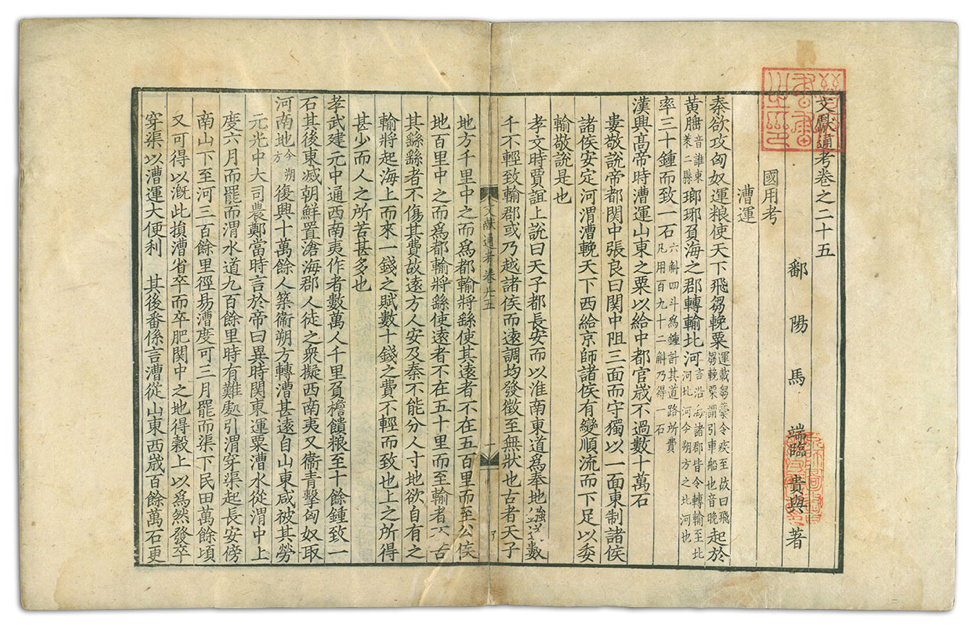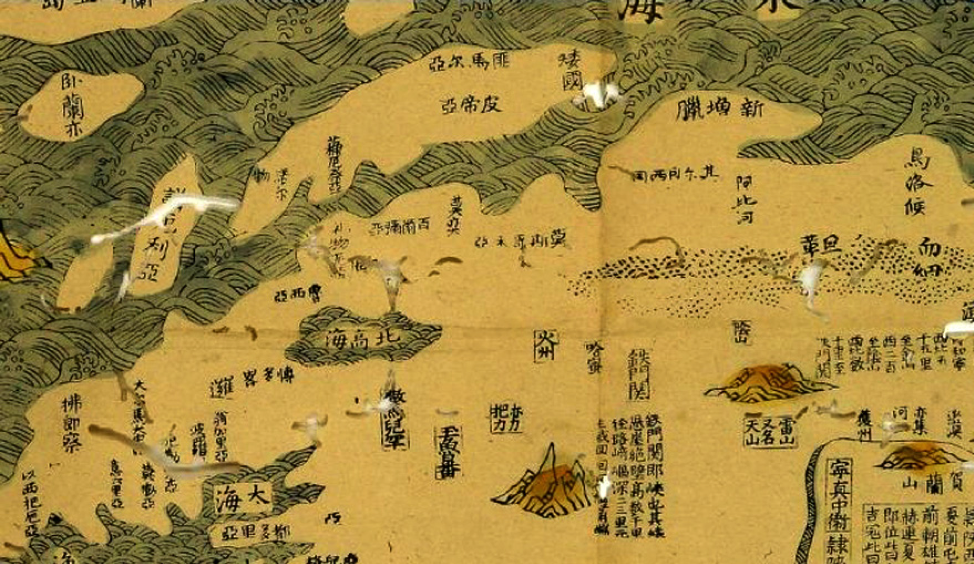Although I didn’t create the assignment below until about six years ago, when reflecting back on my decade-long teaching career, it stands out as the most memorable and satisfying experience. Once written, it was, by far, the one I reused the most in almost every literature course I taught. It is utterly adaptable for undergraduates at any level, nearly always inspires students to become more deeply invested in their learning, and receives the most positive comments in teaching evaluations. In other words, this assignment is my most successful one, and the one that reminds me every single time of why I wanted to teach in the first place. It is also fun to grade (said no professor ever!), and I mean that unironically. There is, hands down, nothing like seeing students grow passionate about their work and enjoy the hands-on learning experience. For me, this assignment is more about the process than the final product, and effort factors into the final grade in a major way. I always explain to students that creative endeavors do not always end up as planned, despite a great deal of hard work. Sometimes mistakes or flaws in art work out to become something even better than planned, and sometimes not. That’s okay here.
I gage their efforts with a proposal and verbal reports along the way. As a result, students can explore, in a trial and error fashion, without the fear that their grade will suffer dramatically if their project doesn’t turn out exactly right. Oftentimes, I worry that students don’t get enough opportunities for that kind of active learning in their traditional essay assignments in which the quality of their arguments matters most, and these projects have helped me to build space for that in a structured manner. And, as a side note, the quality of student work tends to end up being much greater than expected probably because some of the pressure is taken off of them by allowing more freedom and control. And since they choose their own learning adventure, they simply care more about it.
Unfortunately, I may never have the opportunity to reuse this assignment, but I can’t fathom letting it stay buried in my personal wasteland of old computer files. So, in the off chance that somebody will find inspiration for their own teaching practices, I provide it here to be copied, revised, and adapted at will in any way that suits your instructional needs. It can remain completely open-ended, or made as specific and narrow as possible. Every part of it is flexible. I’ve used versions of it at public schools and private schools, for freshman and seniors, for general education and specialized courses. It works in any setting. Please feel free to use any or all of it, keep it the same, or make it your own. If you have a moment, I’d love to hear about your version of the creative assignment and how it goes in the comments section below.
Link to a .pdf of the Choose Your Own Adventure Project.
Karrie Fuller, PhD
University of Notre Dame


